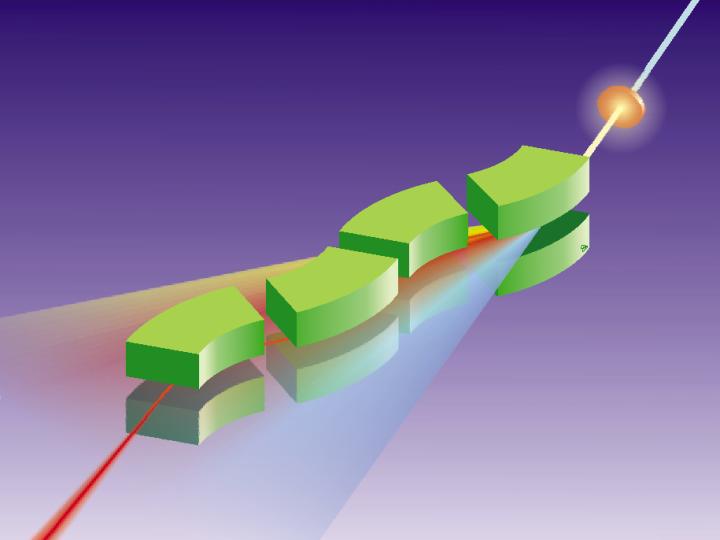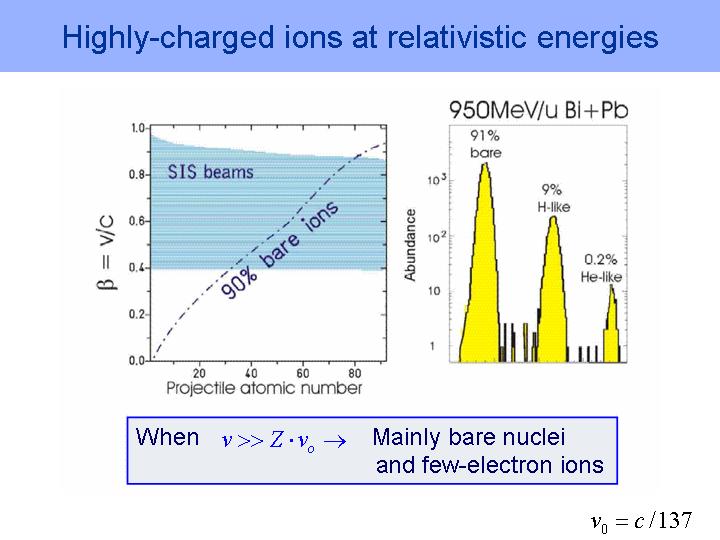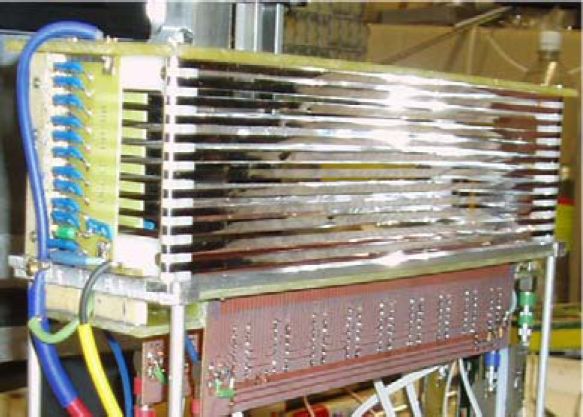
(technical drawings)

|
FRagment Separator FRS
(technical drawings) |
|

|
Highly-Charged Ions |

|
Standard FRS detectors |
|
|
FRS-training and Publications |
|